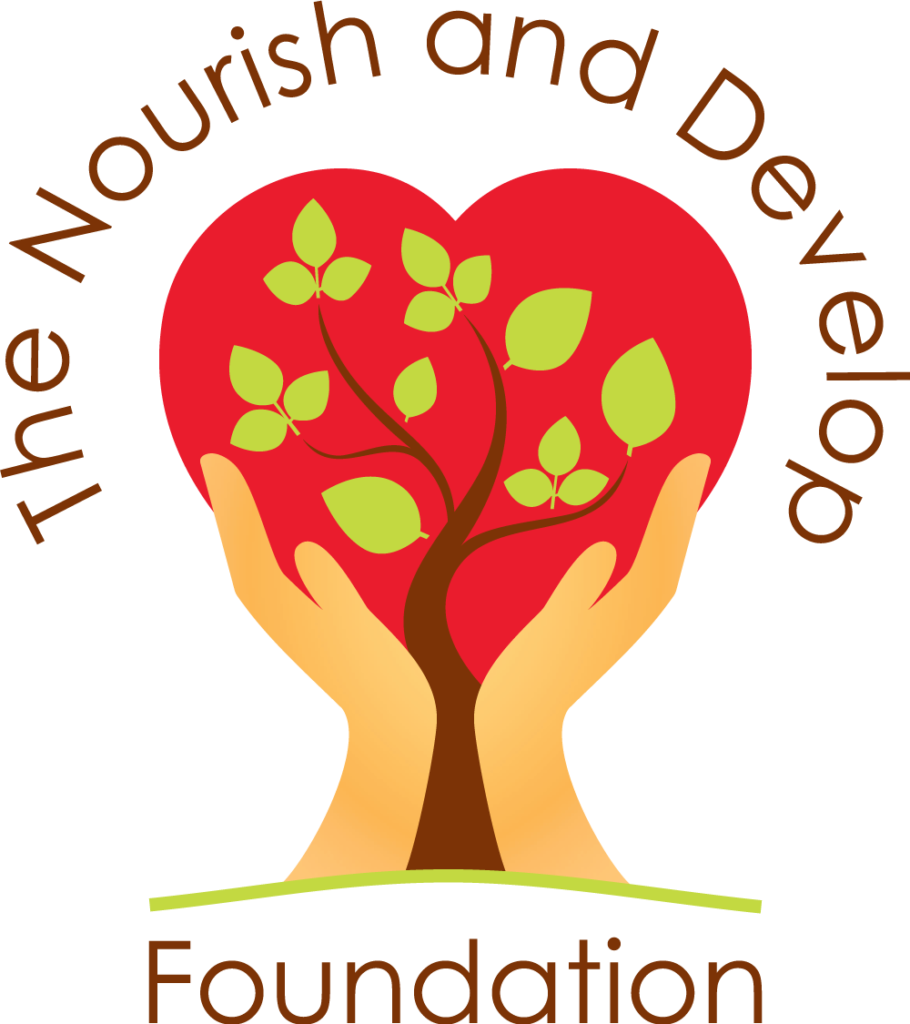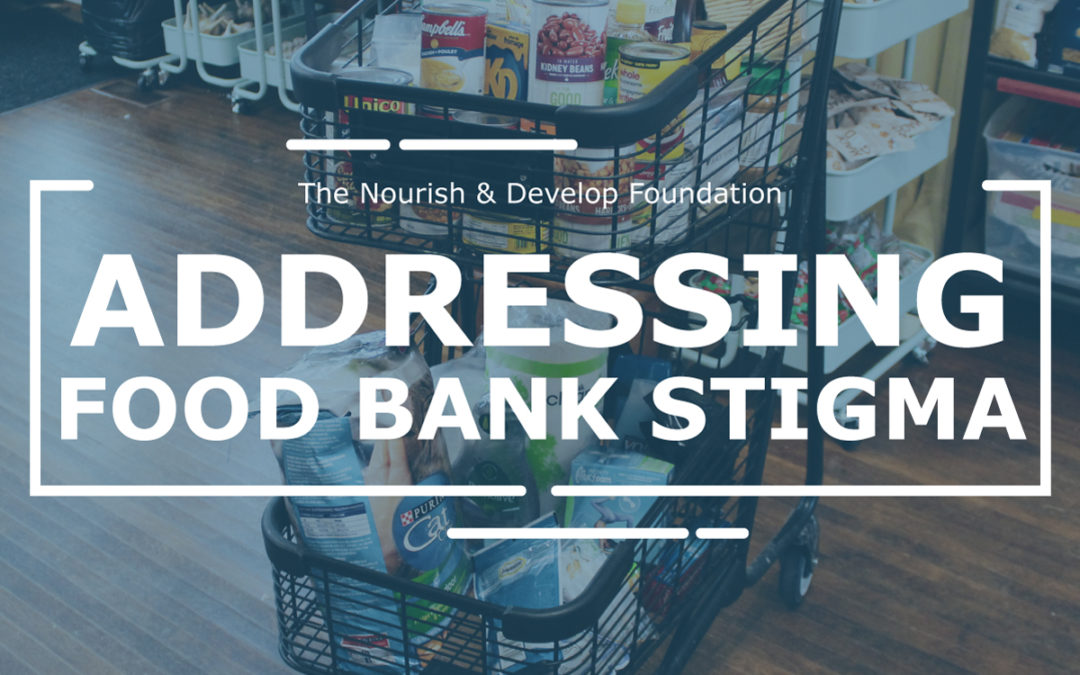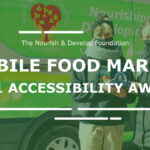Access to food is a human right.
Yet, 4.4 million Canadians are food insecure.
Food insecurity exists when access to, quality, quantity, and choice of food is interrupted. Factors contributing to food insecurity include transportation, mobility, food literacy, and, the largest determinant, poverty. Most of us are just a couple of paychecks or a life circumstance away from identifying as low-income – if we are not already. The main causes of poverty are common experiences like job loss, fixed income, or illness.
While many underlying government policies need to be addressed and reformed to bridge the gap of hunger, there is help available in the meantime in the form of food banks. Unfortunately, food banks are the least utilized option by severely food insecure households when they are short on money and are generally used as a last resort rather than a way to proactively alleviate food costs to support other living expenses.
Though food banks are not a solution to solving food insecurity, we hope we can help people feel more comfortable reaching out for assistance.
Why someone might visit a food bank:
- Delays in receiving or changes to social assistance
- Unemployment, low wages, part-time or inconsistent work hours
- Unexpected housing or medical expenses
- Additions or break ups to the household
- Cost of food, housing, or utilities
- Relocation
- Debt
- Effects of the pandemic including quarantine or job loss
Some food banks may also be able to help with:
trauma informed hunger relief
This approach involves recognizing food insecurity as a form of trauma. Adults and children who are food insecure are at increased rates of developing mental illness, particularly depression, anxiety, and post-traumatic stress disorder. Trauma can occur from a single event, or through prolonged exposure to negative conditions, both of which can be applicable to the experience of food insecurity. Ultimately, a trauma-informed approached focuses on healing and creating healthy communities.
Some elements of trauma-informed practice in food banking include:
Recognizing Intersectionality
This involves understanding how varying social categorizations including race, class, gender, sexuality, (dis)ability, age, spirituality, etc. are interconnected and each represent an experience of privilege or discrimination, both independently and cumulatively.
-
- Example of application: Structural conditions such as poverty and racism are linked to food insecurity, so we must engage with affected and diverse communities to create policies and programming that reflects their lived experience and seek to improve it moving forward
Offering Choice
Empowerment is supported through highlighting individual strengths and providing a sense of control over the process.
-
- Example of application: Food banks traditionally operate with fixed/limited hours and distribute pre-packaged food orders, so we must highlight the importance of stocking items that reflect dietary and cultural considerations and allow community members to select their items
Ensuring Safety
This invloves taking steps to prevent re-traumatization.
-
- Example of application: In order to feel comfortable visiting a food bank, community members need to feel that their physical and emotional safety is not being threatened. To establish a secure space, we must have open lines of communication, clear exits, and proper food storage. At the same time,we must act as a low-barrier support by limiting unnecessary intakes, matching the pace of the community member, and being welcoming to everyone.
There can be an additional sense of shame experienced when someone is working to meet a basic need. Some common statements we hear include:
“Someone needs it more than I do”
“Leave that for someone with kids”
“I feel bad for taking”
We supply the demand, an individual receiving food does not take away from another. We exist to provide; to get good food out into the community and to bring people together. Hopefully, this helps alleviate the stress or uncertainty of where someone’s next meal will come from. Again, food banks are not a solution to food insecurity, however, they can help meet an immediate need.
Stigma is perpetuated in different ways, whether perceived by the self, service providers, or society in general and can seriously affect the well-being of those who experience it, significantly lowering their self-esteem. Everyone can do their part in reducing stigma by removing the ‘us’ vs. ‘them’ dynamic. For instance, poverty is often viewed as a consequence of poor individual choices or an unwillingness to improve one’s situation, and the status of our socioeconomic environment is ignored. By recognizing that food insecurity isn’t something that just happens to others, but can affect almost anyone, we can learn to empathize with people who seek assistance.
For those that feel stigmatized, remember your own self-worth, and prioritize your health. Don’t buy into the stigma and let it prevent you from receiving the help you need, as it only hurts you in the end. Chances are, you would probably encourage a friend to obtain similar resources, so be your own friend.
You are never alone.
Resources
Sources
https://www.ncbi.nlm.nih.gov/pmc/articles/PMC6088531/
https://unbscholar.lib.unb.ca/islandora/object/unbscholar%3A8304/datastream/PDF/view
Image source: https://extension.usu.edu/heart/research/reducingstigma



